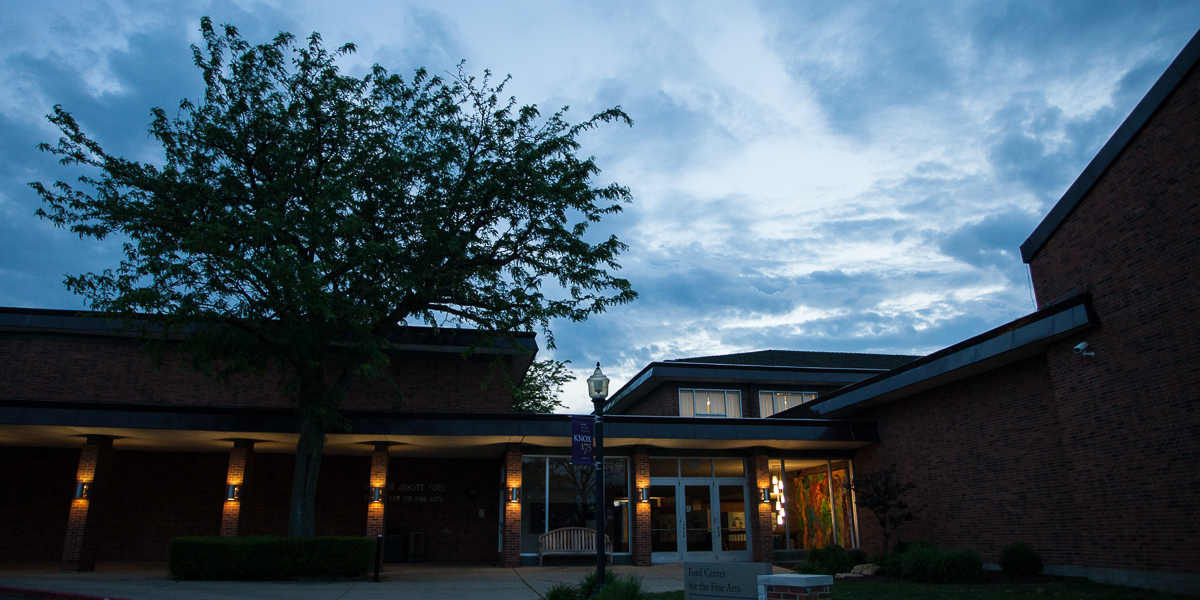Knox Stories
Michael Takeo Magruder Named First Knight Fund Distinguished Artist-in-Residence
Knox College will host its first-ever Knight Fund Distinguished Artist-in-Residence, Michael Takeo Magruder, from September 16 to September 30, 2025
Venture Boldly

Office of Communications
2 East South Street
Galesburg, IL 61401


Skywatchers are in for a "quite fantastic" sight when a solar eclipse takes place on Monday, August 21, says Knox College Assistant Professor Nathalie Haurberg '06, who teaches physics and astronomy.
The time of the eclipse will vary, depending on location. In Galesburg, the eclipse will start about 11:50 a.m. and end about 2:40 p.m.
Some parts of the United States will experience a total solar eclipse. That's because the Earth, moon, and sun will be aligned in a way that allows the moon to block the entire disk of the sun, said Haurberg. On the Knox College campus and throughout the rest of Galesburg, 90 percent of the sun's disk will be blocked by the moon at the peak of the eclipse, she added.
The parts of the country that will be able to see a total eclipse are situated on the "path of totality," meaning that 100 percent of the sun's disk will be blocked during the height of the eclipse.
"In that path of totality, you'll see the entire disk of the sun blocked out, and the sky will actually go dark," Haurberg explained.
Looking directly at the sun is always dangerous and can result in serious vision problems, even during a partial solar eclipse. Anyone who wants to safely observe Monday's eclipse must use eclipse glasses, which are being sold in stores and online. Make sure to buy only eclipse glasses that are properly certified.
To find more information about the eclipse, the Knox Department of Physics and Astronomy recommends the NASA eclipse website and the Great American Eclipse website.
Published on August 15, 2017

 "In that path of totality, you'll see the entire disk of the sun blocked out, and the sky will actually go dark."—Nathalie Haurberg '06, assistant professor of physics.
"In that path of totality, you'll see the entire disk of the sun blocked out, and the sky will actually go dark."—Nathalie Haurberg '06, assistant professor of physics.